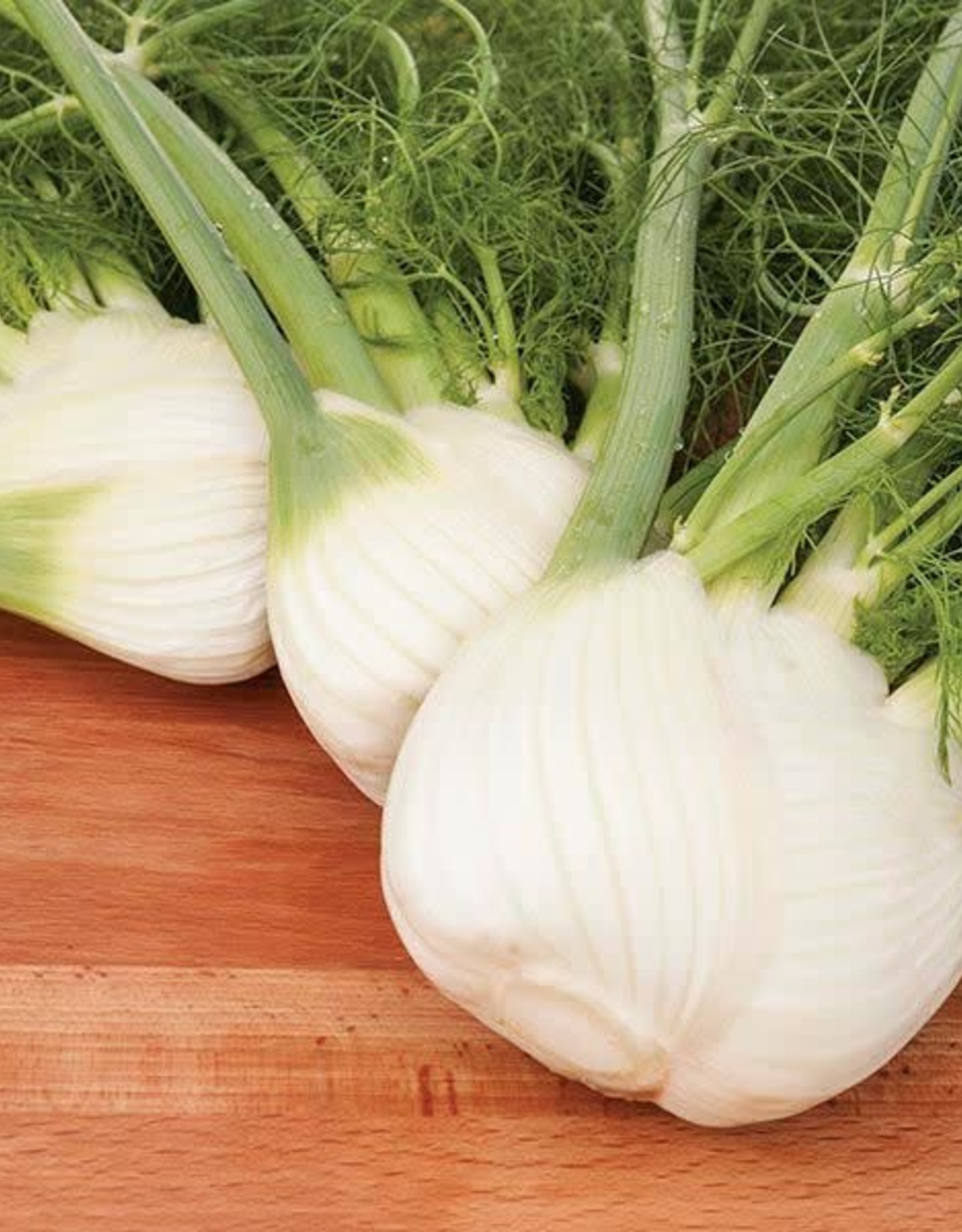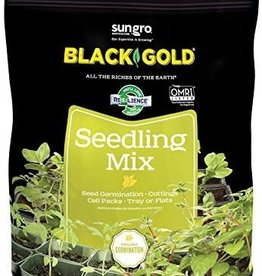HM Preludio F1 Fennel 25 SEEDS
| Availability: | In stock (11) |
Photos and Description credit: High Mowing Seeds
Very early, heavy bulbs with superb flavor—a major improvement in hybrid fennel.
This variety stood out in our trials with its lightly sweet flavor, uniformity and ability to hold in the field without bolting. Upright plants are easy to harvest. Early variety recommended for spring and summer harvest with good fall performance as well. From our partners at Vitalis Organic Seeds.
- Bolt-resistant
- 4" bulbs
7M seeds/oz avg. M=1,000
Seeding Rate
400 plants/100’ double row using 6” plant spacing; 58,100 plants/acre, using 6” plant spacing, 18” row spacing.
Cultural Info
Fennel (Foeniculum vulgare) is a hardy annual in the Umbelliferae family, which includes parsnip, carrot, dill, chervil, coriander, parsley, skirret and celery.
- Bulbing-types produce large sweet bulbs.
- Non-bulbing (leaf) fennel is grown as an herb or for seed and the attractive, feathery leaves.
Soil Nutrients and Requirements
Fennel needs deep, well drained, moderately fertile soil with a pH from 6.1-8.0. It has a very deep taproot.
Seeding Depth
1/4-1/2”
Plant Spacing
Direct seed at 2” and thin to 6-8"
Row Spacing
18”
When to Sow
Direct seed fennel mid-spring through late summer, or start transplants 4-5 weeks before planting date. Plant outdoors after danger of hard frost has passed. Bolting can result from disturbing the roots.
Harvest
Harvest bulbs at 3-4” in diameter.
Storage
Fennel is delicate and will dry out quickly in storage. Store in cooler as close to freezing as possible. Quality will keep for 3-4 days.
Pest Info
- Aphids, whitefly and lepidopterous larvae can be controlled by floating row cover in areas where they are a problem.
Disease Info
- Fungal leaf blights caused by Alternaria dauci or Cercospora carotae can cause severe defoliation and greatly reduce yields. Generally, cercospora blight appears earlier in the season than alternaria blight. Both these fungi are seed-borne but can also be spread by crop residue from previous years.
- White mold (Sclerotinia sclerotiorum) manifests as a cottony white mycelium around roots and lower plant parts, usually late in the season. Avoid planting in areas which are shady or have poor drainage, practice crop rotations with non-vegetable crops.




